huntsman53
Gold Member
Hey TNET Folks,
I picked up a really nice Native American Indian Fish Effigy Pipe at an Coin and Native American Indian Relic Auction on Tuesday night that is apparently signed by the Native American who made it. I am hoping you knowledge folks in this forum can help me with the age, maker, type of stone and possible value of the pipe! This piece was noted in the Auction as being found in Greene County here in Tennessee and was likely found near or along the Nolichucky River. I am also wondering if this piece is Cherokee or from an earlier Tribe that lived in this same area??!! Any help would be truly appreciated!
Frank
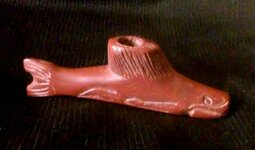
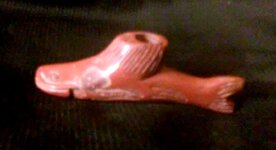
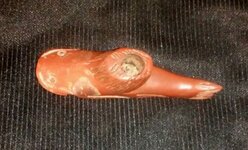
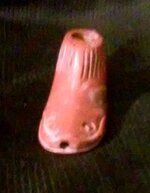
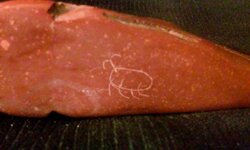
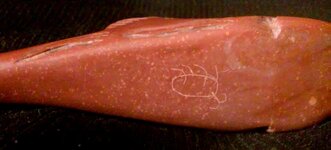
I picked up a really nice Native American Indian Fish Effigy Pipe at an Coin and Native American Indian Relic Auction on Tuesday night that is apparently signed by the Native American who made it. I am hoping you knowledge folks in this forum can help me with the age, maker, type of stone and possible value of the pipe! This piece was noted in the Auction as being found in Greene County here in Tennessee and was likely found near or along the Nolichucky River. I am also wondering if this piece is Cherokee or from an earlier Tribe that lived in this same area??!! Any help would be truly appreciated!
Frank






Upvote
0

















